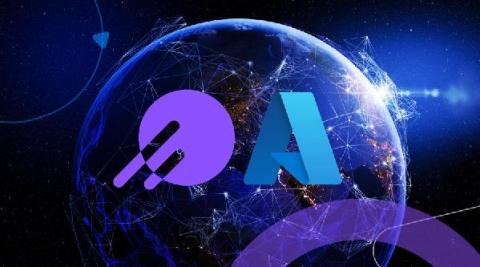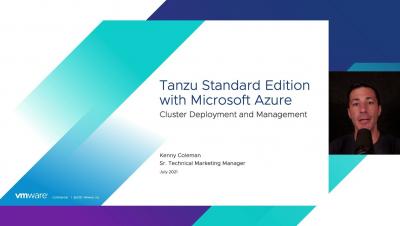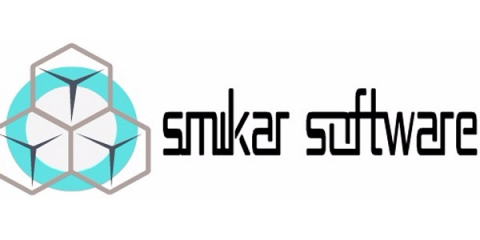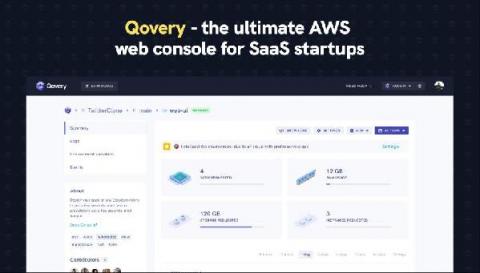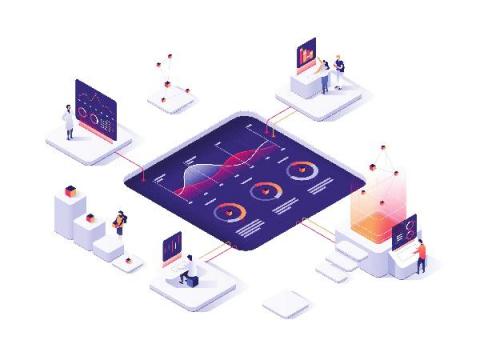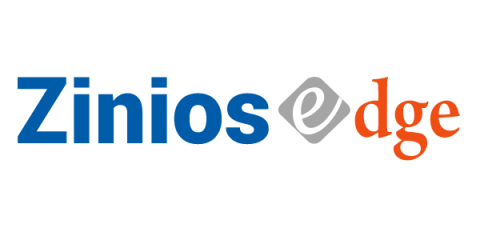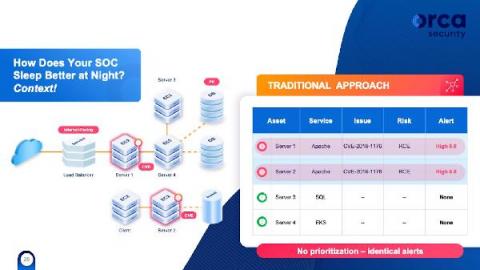Operations | Monitoring | ITSM | DevOps | Cloud
Cloud
The latest News and Information on Cloud monitoring, security and related technologies.
Cycle Podcast | Episode 5 "Information + Infrastructure Security" with Red Dot Management
Supporting Azure availability zone selection with Elastigroup
When designing a highly available compute environment one needs to determine the infrastructure layout required for uninterrupted application runtime even in the event of component failure. One key factor to be considered when planning for this is the geographic locations of all relevant resources. One must maintain physical separation between different compute resources with identical roles so that if a single datacenter goes down, applications remain operational.
Demo: VMware Tanzu Standard Edition with Microsoft Azure
How Cloud Technology Can Help Your Business
Between 2019 and 2020, more Australian businesses have turned to cloud computing technologies. A recent survey from the Australian Bureau of Statistics found that businesses using paid cloud computing — IT services used over the internet to access software, computing power, and storage capacity — jumped to 55% from 42% in 2017 to 2018. Indeed, cloud hosting technology is more popular now than ever before.
Qovery - the ultimate AWS web console for SaaS startups
AWS is undoubtedly one of the best Cloud service providers to run serious business out there. Reliable and cost-effective. No doubt here. But something utterly wrong with AWS is the experience on their web management console. It is so bad that thousands of developers come using Qovery every month with the only promise of - a better developer experience on top of AWS. Here are the 7 reasons why Qovery is an excellent choice for SaaS startups.
Real User Monitoring for Microsoft 365 and SaaS Performance Issues
Service Watch for Real User Monitoring (RUM) has come a long way. Our last product update announcement talked about new layouts for Service Watch Browser (SWB) and Service Watch Desktop (SWD). These new layouts and widgets provide IT with a holistic end-user experience score. If we try to use business-critical application services from home (or call it #WorkAnyWhere), the experience is often not the same as working from corporate headquarters. Service Watch closes this gap with its browser and desktop passive monitoring solution, enabling IT to collect 1000's of advanced metrics for accelerating troubleshooting.
Digital Twins and IoT: Unlock Deeper Process Intelligence
A digital twin is a virtual or digital replica of a physical entity. In the Industrial Internet of Things (IoT) realm, a digital twin is the dynamic virtual copy of a physical framework, a vehicle, a machine, or any device. Most often, a digital twin is developed to carry out simulations before the actual device is manufactured. Today, digital twin is taking the IoT industry by storm and the market is expected to hit $16 billion by 2023.
How to Optimize Your Cloud Spend Using Observability
The rise of public cloud services has enabled businesses to innovate faster, scale effortlessly, and adopt more advanced technologies easier than ever before. However, there’s a dark side to using public cloud services: complexity and cost. Public cloud services can scale to handle almost any workload, but in doing so, they can quickly generate unpredictable costs for your business.
Invisible Security at the Speed of Cloud
Security teams have the tough job of monitoring and securing every single workload in each cloud and for workloads in the development pipeline. Inevitably, these processes wind up being a bottleneck from the developer’s perspective, and developers get frustrated. Understandably, developers feel like security is simply making their jobs harder. But, on the other hand, security teams feel like they’re powerless to provide full coverage.




